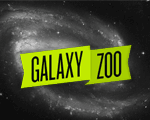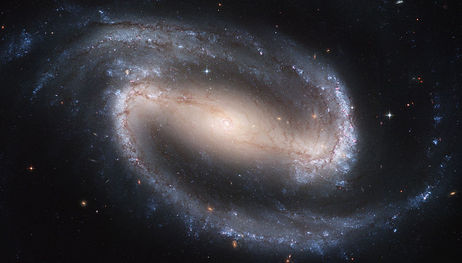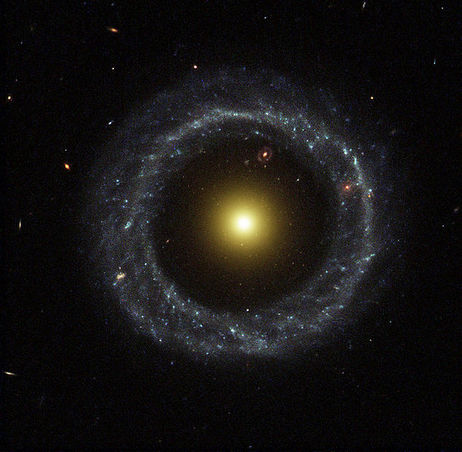Crowdsourcing Discoveries in Deep Space
Published Jun-24-13Breakthrough:
By peering into the farthest reaches of the Universe via their home computers, Galaxy Zoo’s volunteers are making significant contributions to scientific advances.
Company:
Galaxy Zoo, United States
The Story:
 From tracking comets and studying galaxies to designing drug molecules and searching for extraterrestrial life, members of the public are increasingly getting involved in scientific research.
From tracking comets and studying galaxies to designing drug molecules and searching for extraterrestrial life, members of the public are increasingly getting involved in scientific research. Citizen science is on the rise as people all over the world are helping the scientific community at the frontiers of research.
Whether you are trying to halt the spread of HIV or malaria or searching for ET, scientific endeavors generate vast amounts of data which have to be analysed to look for anomalies and patterns of significance. Volunteers are crunching the numbers and sending the results back to scientists.
Galaxy Zoo
One of the most prominent citizen science projects is Galaxy Zoo, an online astronomy initiative that studies large numbers of galaxies.
The site sprang to life because of a theory about star formation by astrophysics researcher Kevin Schawinski. To test his assumptions he needed to examine a million galaxies using images made by the Sloan Digital Sky Survey.
Computers could not recognize the specific patterns he was looking for and so the only option was to sift through the images. The scale of the task was enormous. Perhaps it could be achieved within a few years without any sleep. But was there another way?
During a conversation with a friend an idea formed to recruit volunteers who might want to study the images if they were posted on a website. The site was written in a couple of days and launched in July 2007.
Galaxy Morphology
Galaxy Zoo invites people to help with the morphological classification of galaxies. This is important research because scientists can use it to gain more information about the orbital dynamics of stars, nuclear activity in galaxies and processes that drive star formation.
In the first Galaxy Zoo project volunteers were asked to classify galaxies into ellipticals, mergers, and spirals. Within the first day, approximately 70,000 classifications per hour were being made. By the end of the first year the project had received more than 50 million classifications.
Accuracy
But the numbers don’t tell the whole story. Those classifications have to be robust and accurate otherwise they are of no use. Galaxy Zoo was able to demonstrate the work of its volunteers was just as good as that of professional astronomers.
Each galaxy was seen by different participants which helped to eliminate error. The quality was extremely accurate. So much so in fact that their analyses has been used by a large number of researchers and featured in their scientific papers. A list of published research based on the efforts of Galaxy Zoo’s community of volunteers is available on its website.
“We had succeeded in creating the world's most powerful pattern-recognizing super-computer, and it existed in the linked intelligence of all the people who had logged on to our website,” Schawinski told an interviewer form the UK’s Guardian newspaper.
“This global brain was processing this stuff incredibly fast and incredibly accurately. It was extraordinary.”
A further sign of success was that the scientists behind Galaxy Zoo have won telescope time at some of the world’s most prestigious observatories, to further pursue discoveries made by its community.
Following on from this, a number of other Galaxy Zoo projects have been launched that are even more scientifically ambitious including survey data of distant galaxies from the Hubble Space Telescope.
Next Story »


